Ancient fish species that lived during the dinosaur era tens of millions of years ago are still surviving in nature today.
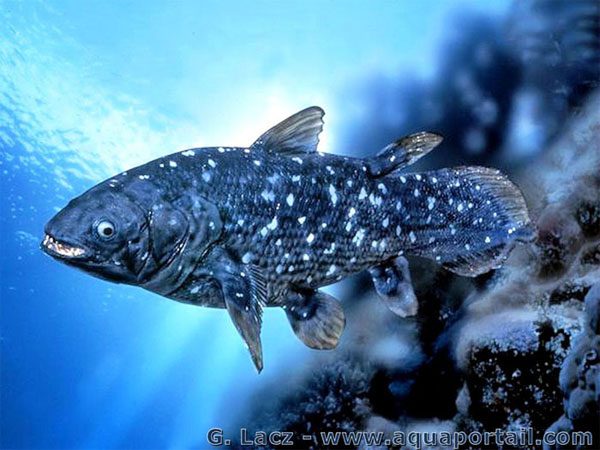
In 1938, a specimen found in South Africa proved that the ancient coelacanth was not extinct during the Cretaceous period along with the dinosaurs. This fleshy coelacanth can even breathe. Recently, a coelacanth was also discovered in Indonesia in 1999.
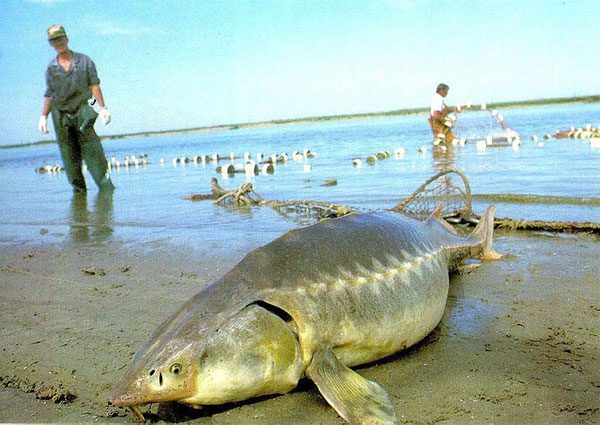
Sturgeons have existed since the early Jurassic period. The largest sturgeon can grow up to 6 meters, as large as a great white shark. They feed on small animals at the bottom of the sea and pose no danger unless provoked.
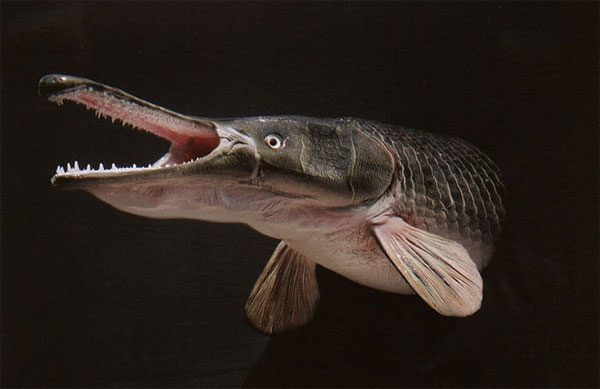
This is the oldest fish species still alive today found in parts of South America, northern and eastern Mexico, believed to have existed since the Cretaceous period. The alligator gar can grow up to 4 meters long and weigh 200 kg. They have a very long snout with extremely sharp teeth, making them excellent ambush predators, and they have been known to bite humans.
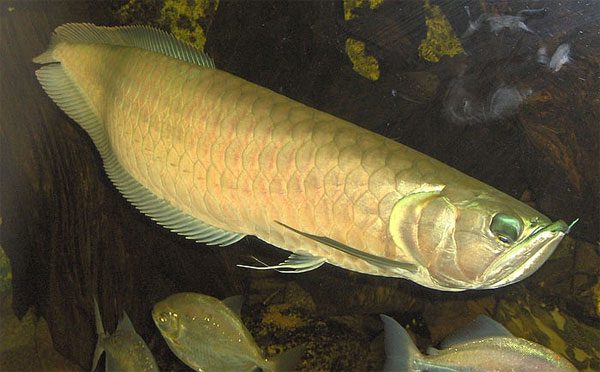
Arowanas belong to the ancient Osteoglossidae family, existing since the Jurassic period. Today, they are found in the Amazon, parts of Africa, Asia, and Australia. Arowanas are opportunistic predators that can eat any small animals they catch, including birds and bats during leaps out of the water.

Hagfish (Myxini) has existed for over 300 million years, living in relatively deep waters. They are very strange animals, with a skull, two brains, and multiple vertebrae. This species produces mucus to damage the gills of predatory fish, making them nearly free from natural enemies.
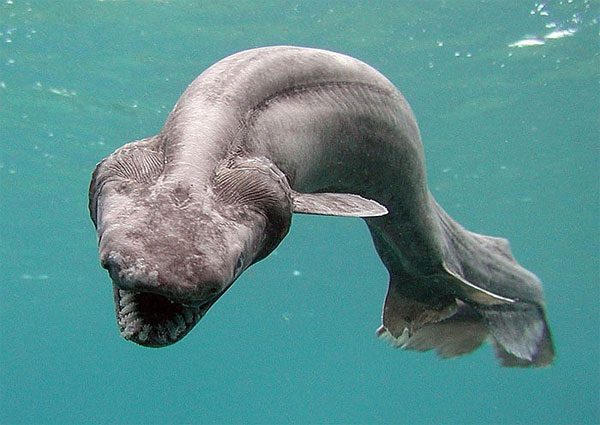
The frilled shark is a “living fossil” from the Cretaceous period when dinosaurs ruled the planet. A female frilled shark can grow up to 2 meters, while males can be larger. They live in very deep waters and primarily feed on squid. Frilled sharks rarely attack humans.

The ocean sunfish can grow up to 4.5 meters, but the average length is usually around 2 meters. This fish needs to breathe air like a whale to survive. They move quite slowly and typically eat small fish, crustaceans, or any small animals that can fit in their mouths. Currently, this species is very rare.

Sawfish have survived since the Cretaceous period and can be found in saltwater as well as rivers, canals, and streams. They can reach lengths of 7 meters, with their “saws” serving as both weapons and sensory organs to detect prey. Sawfish can become extremely dangerous if provoked.
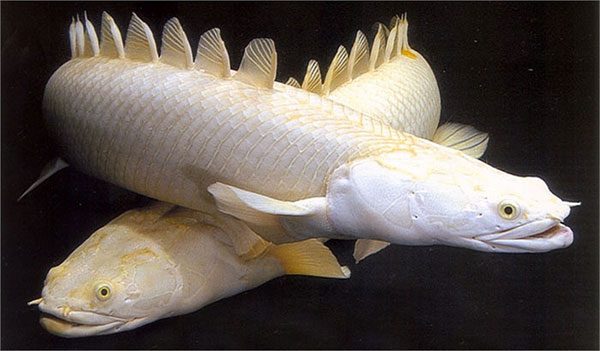
The African fish Polypterus Senegalus is known as the “dinosaur eel” due to its serrated dorsal fin and dinosaur-like appearance. They can survive without water for a time until their scales dry out, which helps them find free water after escaping from the sea.




















































